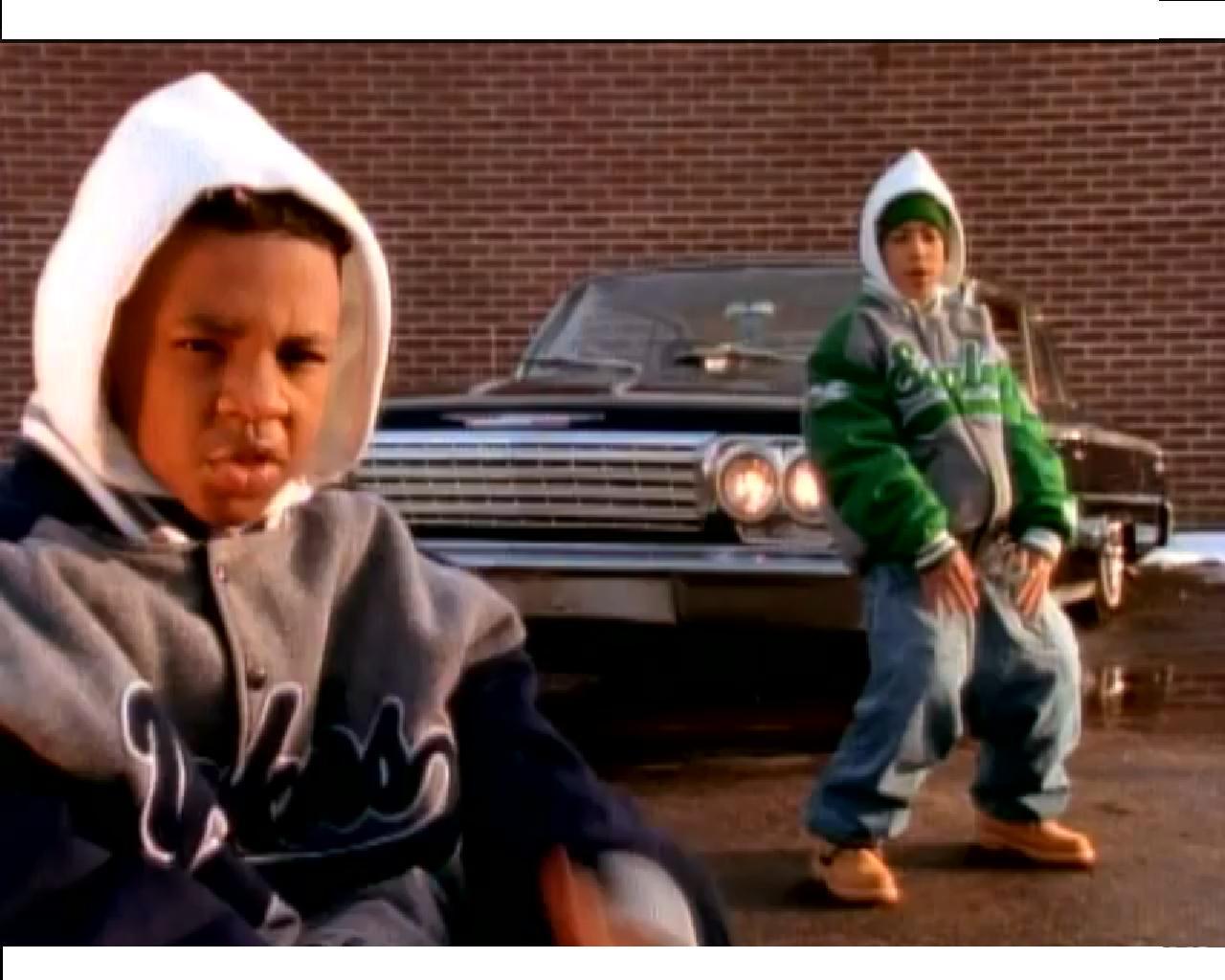In 1992, music producer Jermaine Dupri introduced the world to Kris Kross, a pint-sized teenage duo that wore their clothes backwards and commanded us to “Jump.” A huge hit, the song spent several weeks on top of the Billboard Hot 100, and Chris “Mac Daddy” Kelly and Chris “Daddy Mac” Smith went on to sell four million copies of their debut album, Totally Krossed Out. Sadly, Kelly passed away yesterday at the young age of 34. Though the duo’s success was short-lived, they left an arguably indelible mark on a long-standing tradition: songs about jumping.
The history of jumping in music is more complicated than you might expect. “Jump, Jim Crow,” a song and dance popularized by white minstrel performer Thomas Dartmouth Rice in 1828, is a key song in the history of American popular music. In an 1881 New York Times piece, aging actor Edmon S. Conner recalled as best he could the origins of the song: There was a livery stable behind a theater where he was performing with Rice, and a physically deformed slave who went by the name Jim Crow would sing the verses and “give a little jump” after each one. “Wheel about, turn about / Do jis so / An’ every time I wheel about, I jump Jim Crow!”
Another song from the 1800s, sung by slaves, also made jumping central. In “Pick a Bale of Cotton,” which describes the slaves’ grueling daily routine, “You gotta jump down, turn around/ Pick a bale of cotton.” Lead Belly recorded a “work song” version of the tune, which “speaks of picking a bale of cotton a day, an impossible task for one person.” The song is still sung today, and occasionally makes people angry.
Jumping songs are frequently a hit with audiences, though, regardless of the era, thanks to their feel-good energy. There is an entire genre known as jump blues, which evolved from jazz and big band and was particularly popular in the 1940s. Jump can also refer to “Jazz music with a strong beat; a jazz tune with a strong rhythm,” according to the OED, which cites as the earliest usage Count Basie’s signature piece, “One O’Clock Jump.” The light bouncy riff of that instrumental standard implores the listener to jump, even without lyrics. It was followed by songs with more explicit commands, including Cab Calloway’s “The Jumpin’ Jive” and Louis Prima’s “Jump, Jive, an’ Wail.” (The Brian Setzer Orchestra revived the latter song in 1998 and won a Grammy.)
In the early ’60s, Harry Belafonte covered a popular Trinidadian song, “Jump in the Line (Shake Senora),” which found a new audience in the 1980s when it was included in the film Beetlejuice. That latter decade was a high point for jumping songs: The Sugarhill Gang told us to “jump on it,” the Pointer Sisters asked us to “jump for [their] love,” and Van Halen figured, well, “might as well jump.”
No dance, of course, could be simpler than the jump. The same year that Kriss Kross reached the charts, 1992, House of Pain released their own massive hit “Jump Around,” with a similarly plain description of what you should do on the dance floor. Later on in the decade Destiny’s Child had success with “Jumpin’ Jumpin’”; more recently, Madonna had a club hit with her own “Jump” (2006) and Flo Rida and Nelly Furtado hit the Billboard Hot 100 with a song of the same name (“Jump,” 2009).
But those latter three songs do not seem poised for nearly the afterlife that Kriss Kross’s “Jump” has had. From the simplicity of the chorus to the straightforward beat that complements it—which still gets crowds to dance when played at bars and clubs today—the pint-sized duo’s big hit got the formula just right.
